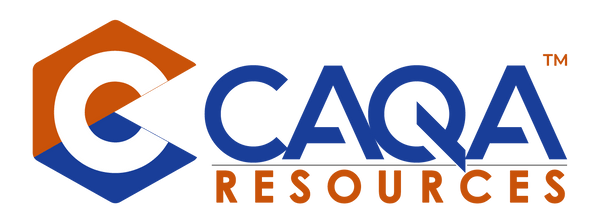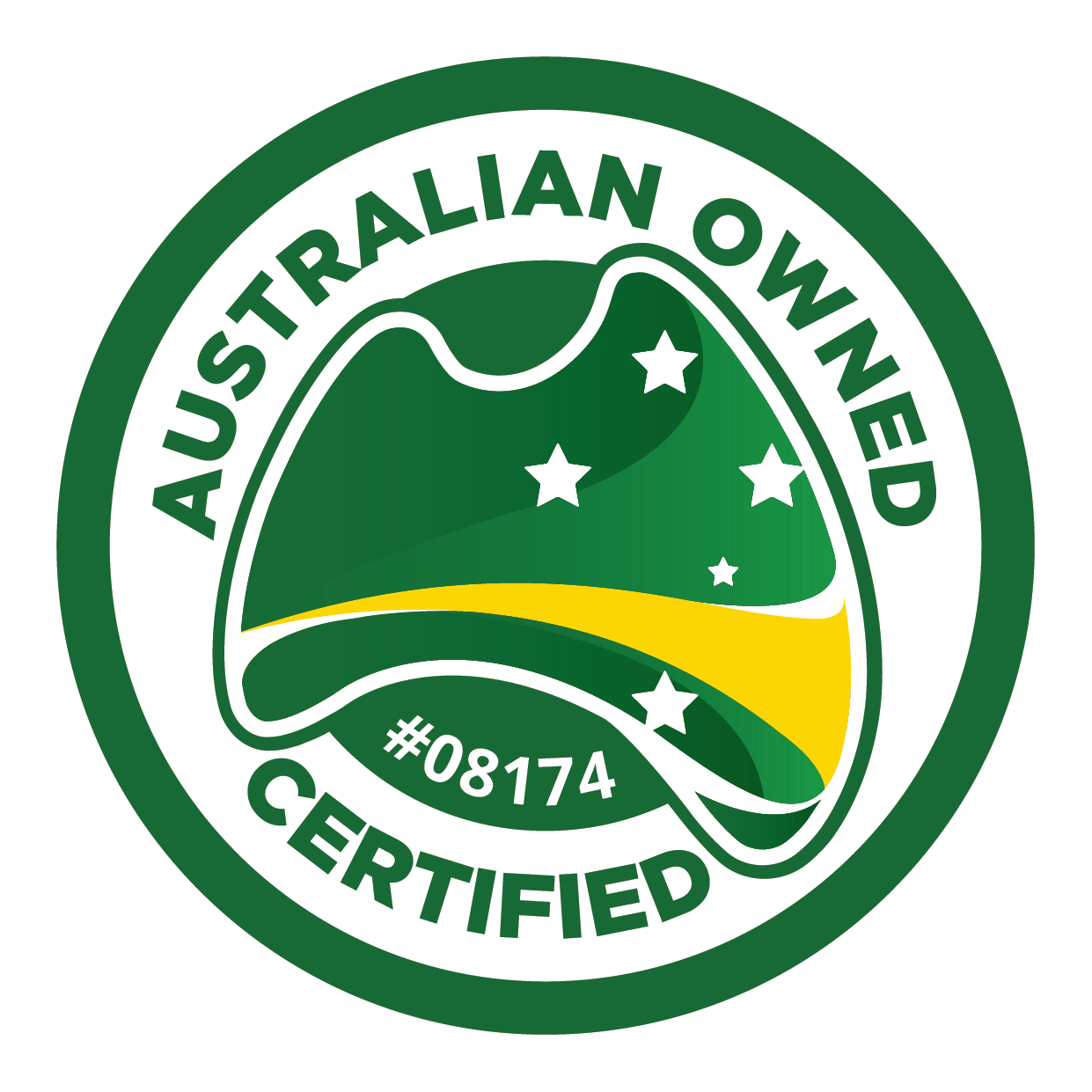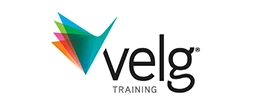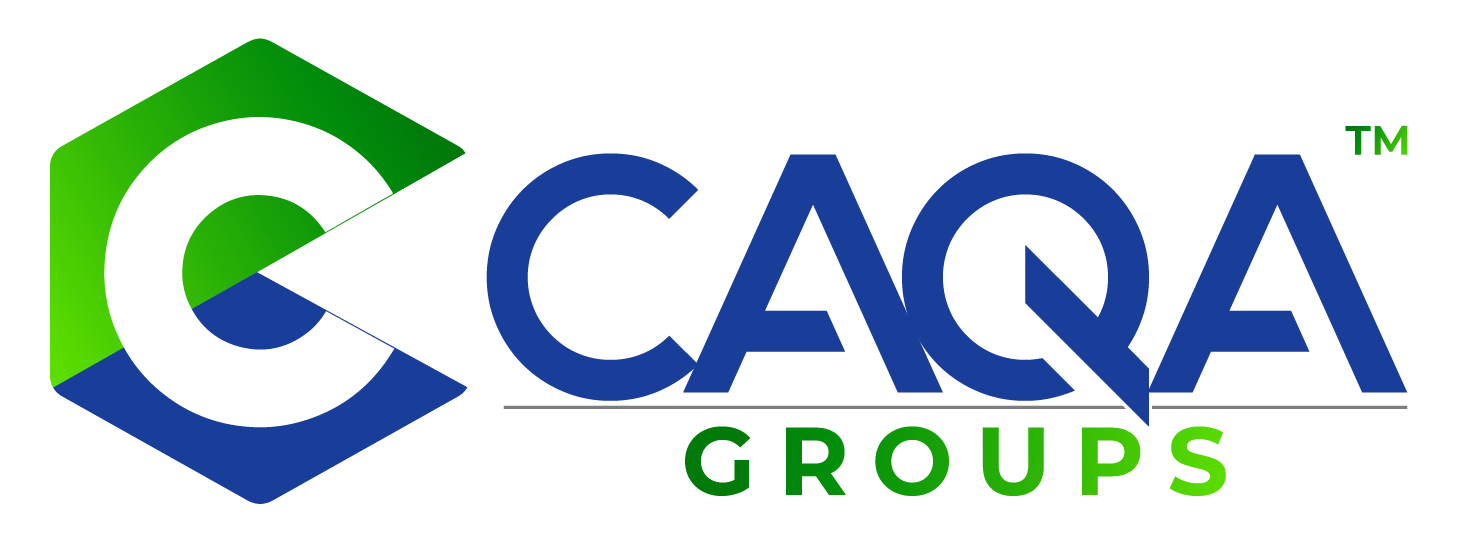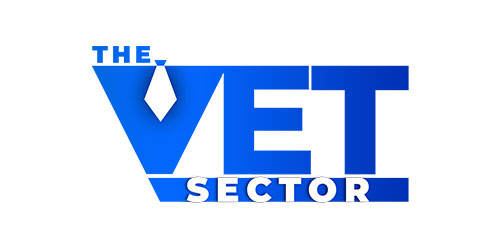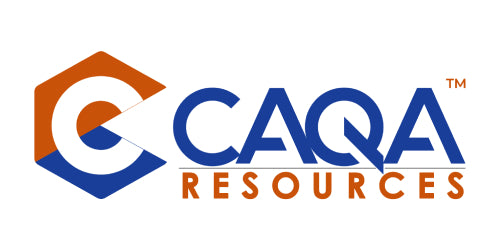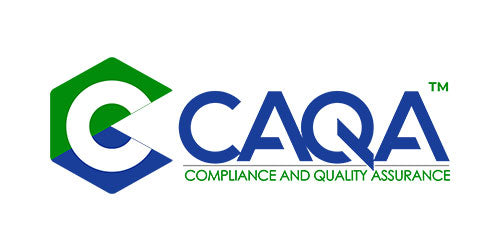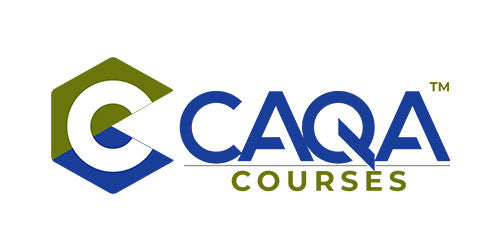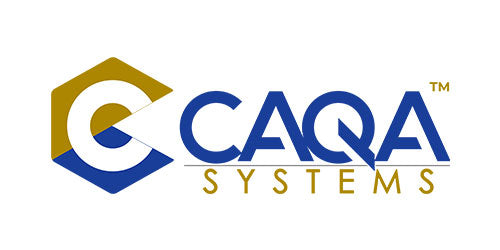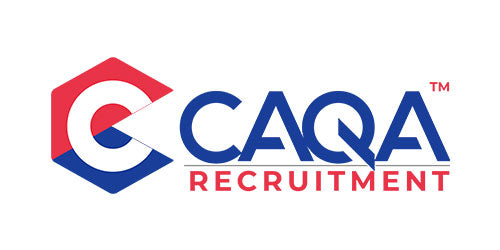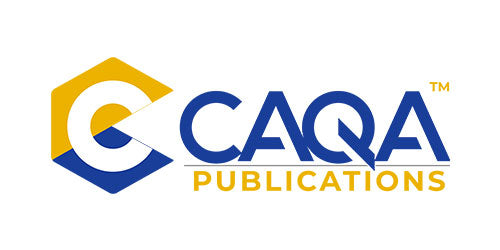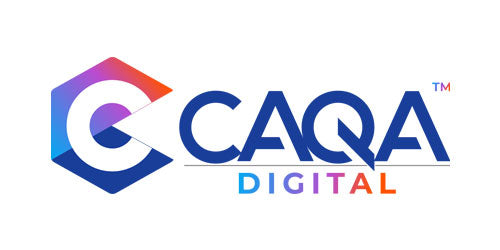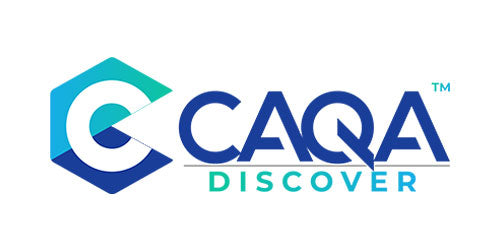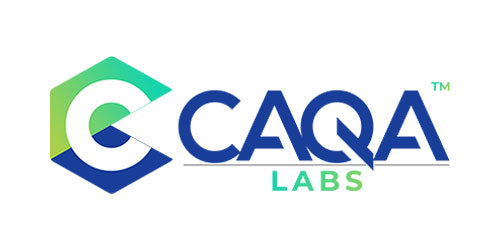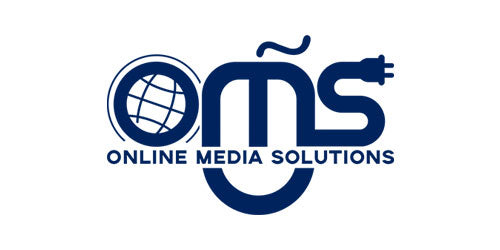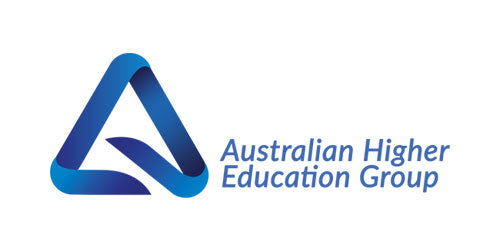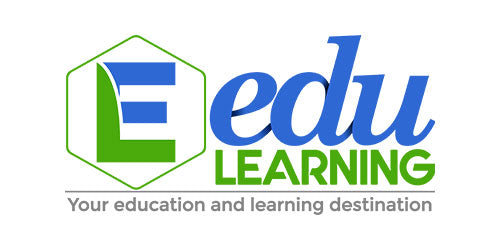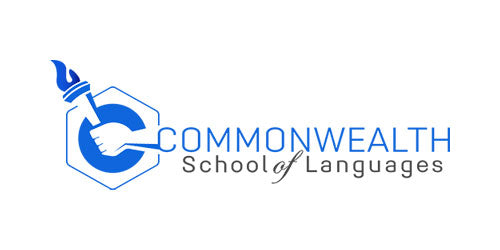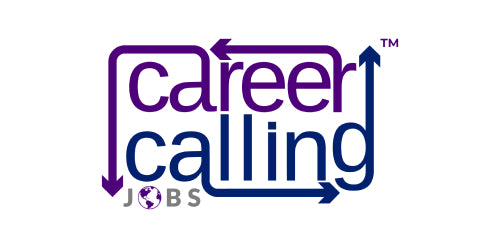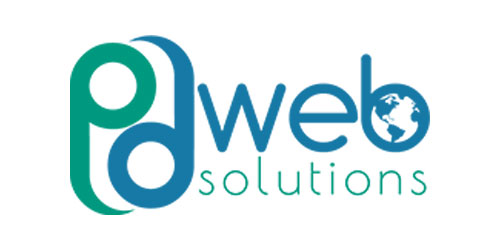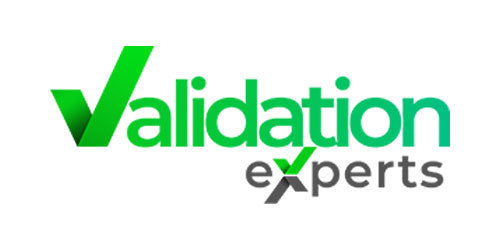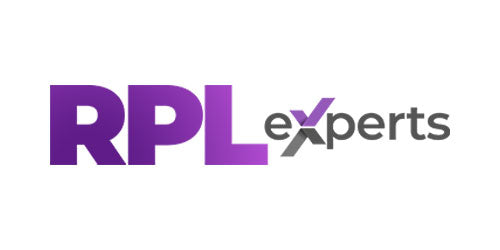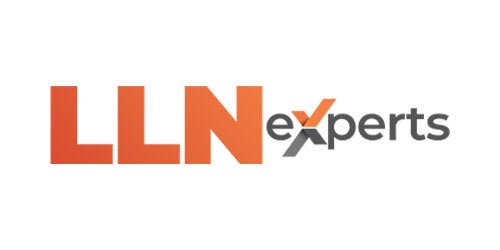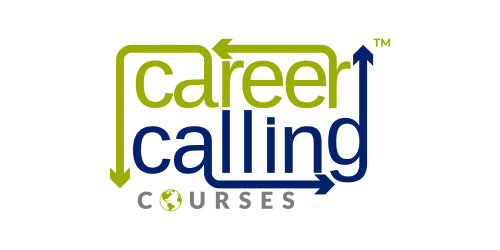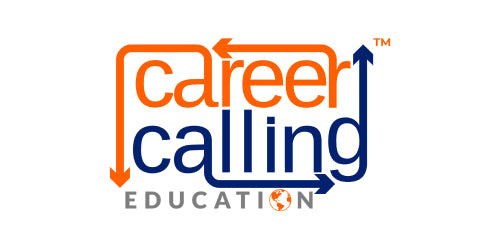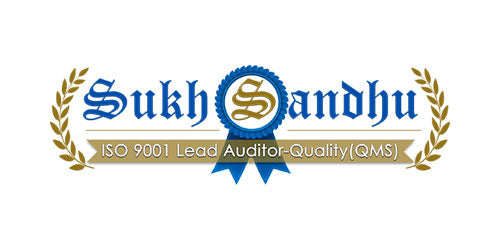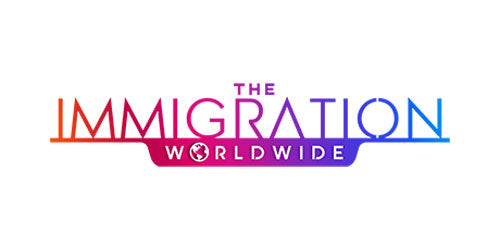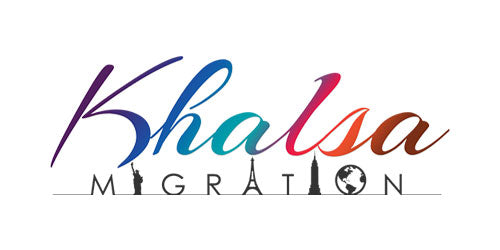In the ever-evolving landscape of vocational education and training (VET) in Australia, Registered Training Organisations (RTOs) are crucial in shaping the skills and competencies of the workforce. To ensure the continuous enhancement of training quality, the newly revised Standards for RTOs place significant emphasis on continuous improvement, marking a shift towards a more proactive and robust quality assurance framework.
Standard 4.4: A Game-Changer for Quality Assurance
The introduction of Standard 4.4 in the revised RTO standards represents a transformative step towards ensuring that quality assurance processes are not just reactive but systematic and ingrained in everyday operations. This new standard establishes a comprehensive framework that encourages RTOs to actively engage in continuous monitoring and evaluation of their services and processes, ensuring that training outcomes remain relevant and of high quality.
Key Components of the New Continuous Improvement Standard
The revised Standard 4.4 outlines several essential components that RTOs must integrate into their operations:
- Performance Monitoring System: RTOs are required to implement a systematic monitoring system to evaluate their performance against the standards. This system is designed to ensure that RTOs are consistently meeting or exceeding expectations across all areas of operation, from course delivery to student outcomes.
- Data Collection and Analysis: One of the key mandates of the revised standards is the collection of comprehensive data. RTOs must establish mechanisms for gathering feedback from a diverse range of stakeholders, including students, trainers, industry partners, employers, and regulators. This feedback is critical for gaining a holistic view of the RTO’s performance.
- Actionable Insights: Simply collecting data is not enough. RTOs are now required to demonstrate how they use the outcomes of their monitoring and evaluation processes to make informed decisions that drive continuous improvement. These insights should directly inform decisions related to course offerings, teaching methodologies, and operational procedures.
Self-Assurance: The New Paradigm
The concept of self-assurance is a cornerstone of the revised standards. It requires RTOs to take greater ownership of their quality assurance processes by:
- Continuously assessing their compliance with the standards.
- Identifying and implementing necessary adjustments to their systems, processes, and practices.
- Striving for ongoing improvement in the quality of services they offer.
Self-assurance shifts the focus from external audits and compliance checks to a more internalised, reflective approach where RTOs are expected to foster a culture of continuous self-improvement.
Tailored Approach to Monitoring and Evaluation
Recognising that RTOs vary in size, scope, and operational complexity, the revised standards allow for a flexible approach to monitoring and evaluation. RTOs can design their continuous improvement processes based on their unique characteristics, such as:
- Size of the RTO: Smaller RTOs may have simpler processes, while larger ones may need more complex systems to handle the scale of operations.
- Operational complexity and scope: RTOs offering various qualifications or working across multiple industries may require more robust monitoring systems.
- Student cohort characteristics: Tailoring processes to suit the specific needs and challenges of the student body is essential, particularly for RTOs working with diverse or disadvantaged cohorts.
Essential Elements of Systematic Monitoring and Evaluation
The revised standards outline several essential elements that must be included in any effective monitoring and evaluation system:
- Outcome Measurement: RTOs must define clear outcomes and performance indicators to track progress.
- Data Collection Strategy: Establishing methods and tools for collecting feedback from students, staff, and industry stakeholders is crucial.
- Monitoring Program: RTOs need to determine the frequency and scope of their monitoring activities, ensuring that they cover all critical aspects of the organisation's performance.
- Review Process: Regular analysis of data is essential to evaluate the effectiveness of systems and identify areas for improvement.
- Stakeholder Involvement: Engaging relevant parties in the design and implementation of evaluation activities ensures that all perspectives are considered.
- Reporting Mechanisms: Findings must be communicated to stakeholders, and feedback should be solicited to refine processes further.
- Continuous Improvement Cycle: Insights gained from monitoring and evaluation should be used to make informed decisions, drive improvements, and enhance the quality of services.
Implications for RTOs
The revised Standard 4.4 has far-reaching implications for how RTOs approach quality management and continuous improvement:
- Enhanced Quality Management: RTOs will need to develop more sophisticated quality management systems that can accommodate the new requirements for systematic monitoring and evaluation.
- Increased Stakeholder Engagement: There is a greater emphasis on collecting and acting upon feedback from a wide range of stakeholders, ensuring that RTOs remain responsive to the needs of students, employers, and industry partners.
- Data-Driven Decision Making: RTOs must become more adept at analysing data to identify trends, address gaps, and inform strategic decision-making.
- Cultural Shift: The move towards continuous self-assurance requires a cultural shift within RTOs, where all staff are actively involved in fostering an environment of ongoing improvement and quality enhancement.
The revised Standard 4.4 represents a significant step towards a more dynamic and holistic approach to quality assurance within the VET sector. By mandating robust continuous improvement processes, the revised standards ensure that RTOs remain agile and responsive to the evolving needs of learners, employers, and industries. Those RTOs that fully embrace these changes will be well-positioned to deliver high-quality training outcomes and maintain their competitive edge in the rapidly changing educational landscape.









